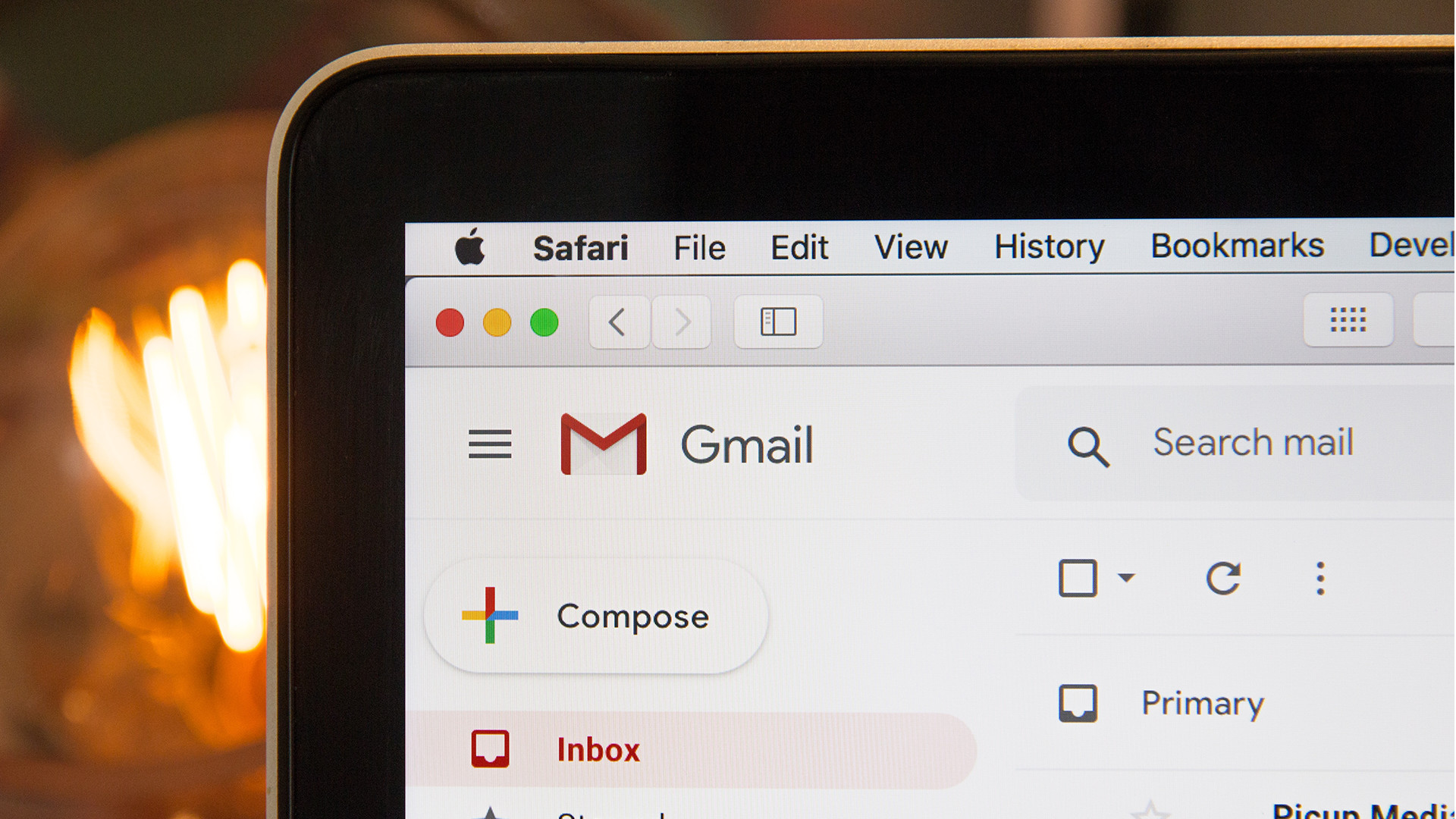
There’s a new Gmail scam making the rounds online as bad actors are taking advantage of the service’s recently launched verification system.
Back at the beginning of May, Google introduced blue checkmark verification in order to combat internet scams like phishing attacks. Companies and organizations can apply to the program to verify their identity, and upon approval, Gmail will display the aforementioned blue checkmark next to the brand logo. What was supposed to be a way to protect people is instead, in some instances, being used to go after them. Cybersecurity engineer Chris Plummer posted on Twitter an image of a spoofed email claiming to officially be from UPS. The scammer apparently somehow got past Google’s own safeguards.
Bug exploit
Identifying the fake email was easy enough to do. Plummer shows the header sporting an email address consisting of mostly random letters and numbers ending in a UPS URL. However, hovering over the checkmark displays a window stating the message is coming from a legitimate source.
It’s unknown how the bad actor got around the security checks. Plummer claims there’s a bug in Gmail that scammers are exploiting to trick the platform’s “authoritative stamp of approval”. From there, the bad actors hop through multiple domains before zeroing in on their target.
Initially, when he reported the problem to Google, the company reportedly hand-waved it away saying the system was working as intended. But in the days since Plummer’s discovery, the tech giant made an about-face and announced it is currently working on a fix.
How to not get scammed
Since we don’t know when the patch will roll out, it makes sense to protect yourself until then. TechRadar has a couple of guides on how to avoid online phishing scams and how to protect your inbox. We strongly recommend reading both to get a full understanding, but here are some pieces of advice to get you started.
First, double-check the header. If you see a bunch of random letters, numbers, and symbols in the email address, that’s your first clue that something is fishy.
Secondly, double-check the spelling in the header. Some scammers will replace certain characters with a lookalike to trick people. For example, the letter “O” will be replaced with the number “0” or the capital “I” with a lowercase “l” (that's an "L"). Gmail’s default font can make this tough to discern.
Be wary of any emails urging you to share your financial information, whether updating your account details or a refund offer you didn’t ask for.
Of course, don’t click on any links or attachments you don’t recognize.
Also, be sure to check out TechRadar’s list of the best identity theft protection apps for June 2023 to better safeguard your personal details.







